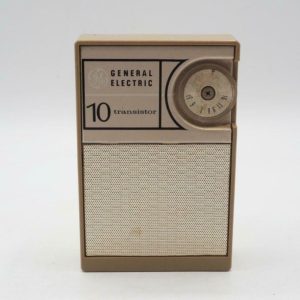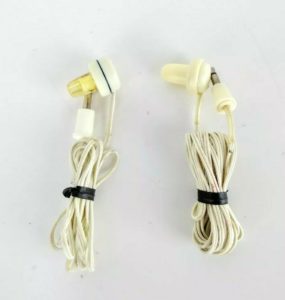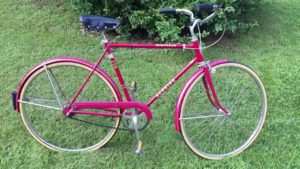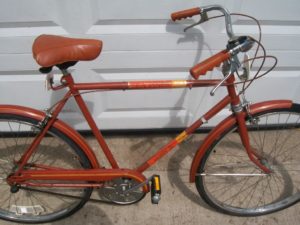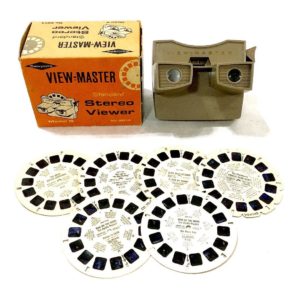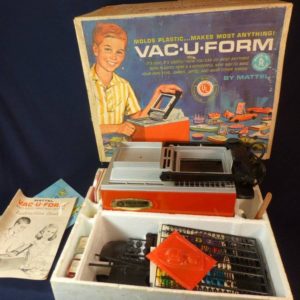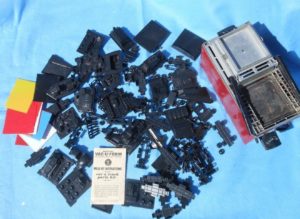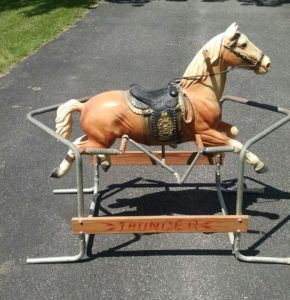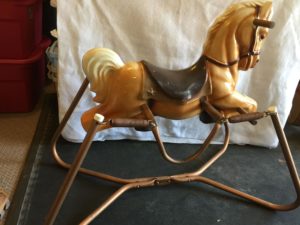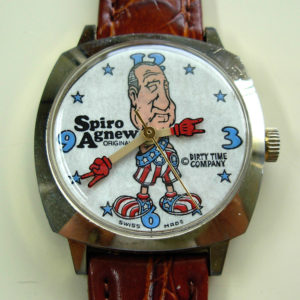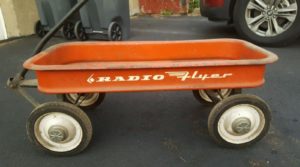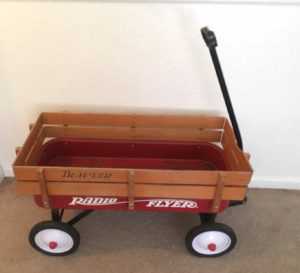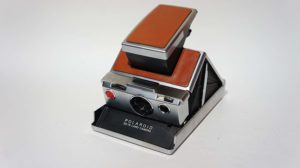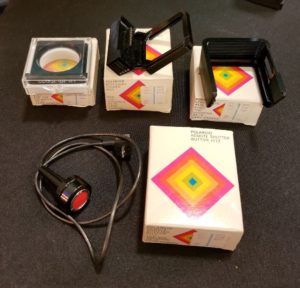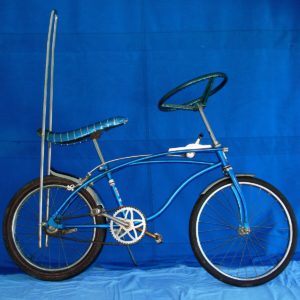
In the 60’s and 70’s, if you weren’t old enough to drive, or if you were, but didn’t have a car, odds are you got around on a bike. And if you had a bike, the odds were also great that you had customized it in some fashion.
The coolest bike I ever had was a Stingray knockoff (I think mom got it at Sears) in 1971, when I was 11 years old. This bad boy was green, my favorite color. It had a 36″ sissy bar with a top cover, high-rise handlebars, and a cheater slick. I could do some monumental jumps on that bike. But that long sissy bar discouraged riding wheelies.
I remember my earliest bike customizations. They involved clothespins and baseball cards, some of which could have been very valuable had I squirreled them away somewhere. Clipping the card with the clothespin to the frame so the spokes would whack against it made your bike sound like a motorcycle.
There was a bewildering array of accessories you could put on your bike to pimp it. I always liked the klaxon-styled horns with the twist in them. That made for a deeper honk. Bikes on Leave It to Beaver always had bells instead of horns. That must have been a 50’s thing. No self-respecting kid on my block circa 1966 would have been caught dead with a bell on his bike.
Then there were the streamers. The streamers would look best dangling from a set of high-rise bars. The idea was to make them go perfectly parallel to the ground as you zipped along as fast as you could go.
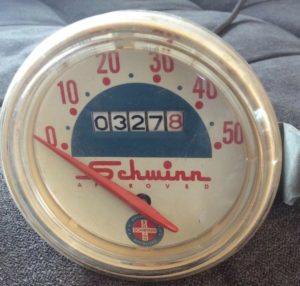
You could also put a speedometer on your bike. They used a little rubber wheel to rub against your wheel rim to calculate your speed. I’m not sure how accurate they were. Going as fast as I could generally peaked my speed out at about 30 miles per hour.
A headlight might be affixed to your trusty banana-seater. It would either be powered by a couple of d-cell batteries, or by a generator turned by your wheel. The power unit would goof itself up in short order, by the rubber stripping off the wheel that contacted your rim, or by simply locking up. Even if you managed to get a better-quality unit that would last longer, it still added a noticeable drag to your bike, very bad when there was a need for speed.
One of the funkiest customizations you could perform on your bike was installing a steering wheel. These were pretty popular in the 70’s, although I was unable to locate an image of one. The wheel was smaller than a car’s steering wheel and lightweight. They were adept for spinning your front wheel around rapidly while riding a wheelie, very impressive. The less talented could hold their front wheel up while standing stationary and do the same thing.
You could also wrap metallic tape around your frame, put reflectors on your spokes, or attach a basket (yeah, right! Only if you wanted to get beaten up). Customizing your bike could take many forms indeed. The important thing was that you do SOMETHING to distinguish it from the rest of the bikes with their front wheel stuck in the stand in front of the school.
